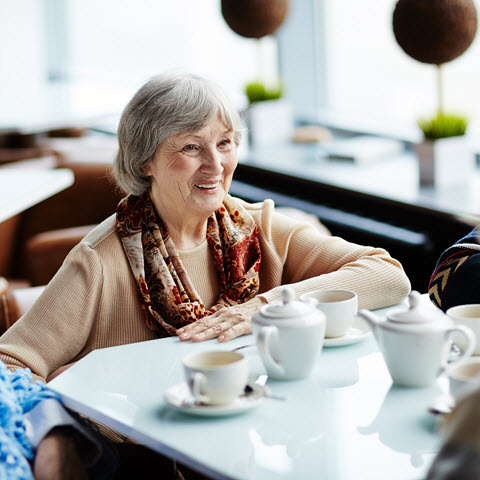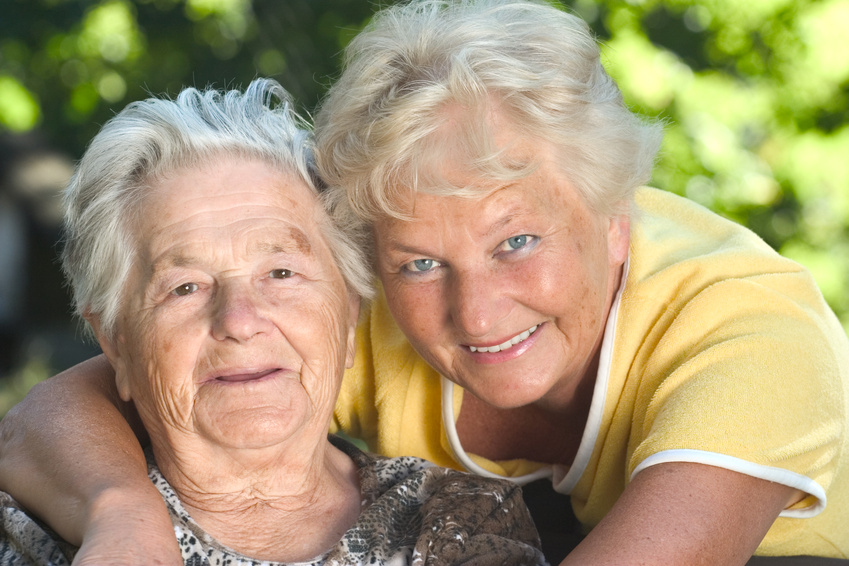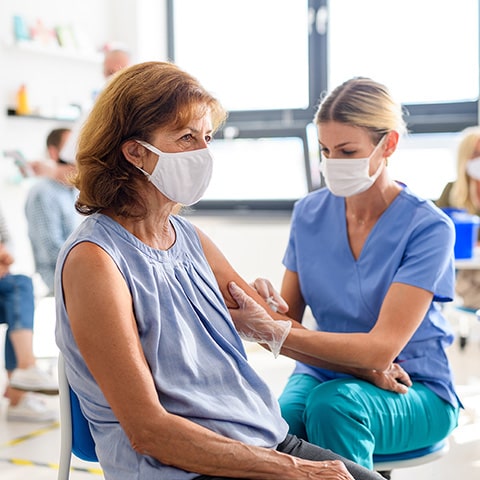
As the years advance, so does the intricate structure of the cervical spine, bringing about significant changes that can influence the overall well-being of the elderly. Understanding these age-related transformations is key to addressing the health challenges that often accompany the ageing process.
Structural changes:
The cervical spine, comprised of seven vertebrae in the neck, undergoes a series of alterations as individuals age. Intervertebral discs, responsible for cushioning and flexibility, may lose water content, leading to reduced disc height and elasticity. This, coupled with the formation of bone spurs and changes in the ligaments, contributes to an overall decline in the spine's structural integrity.
Health challenges:
The ageing cervical spine is susceptible to various health challenges, with one of the most common being cervical arthritis or spondylosis. This degenerative condition involves the wear and tear of the spinal discs and joints, resulting in symptoms like neck pain, stiffness, and decreased mobility. Additionally, the risk of cervical stenosis, a narrowing of the spinal canal, tends to increase with age, potentially impacting nerve function and causing neurological symptoms.
Associated symptoms:
The impact of ageing on cervical health manifests in diverse symptoms. Chronic neck pain, often a result of degenerative changes, becomes a prevalent concern. Reduced range of motion and stiffness can hinder daily activities, affecting the overall quality of life for seniors. In severe cases, neurological symptoms such as tingling or weakness in the arms may occur.
Preventive measures:
While ageing is inevitable, proactive measures can be taken to mitigate the impact on cervical health. Regular exercise, particularly activities that enhance flexibility and strength, can contribute to maintaining spinal health. Ergonomic adjustments in daily activities, proper posture, and routine check-ups with healthcare professionals are crucial components of preventive care.
Treatment approaches:
For those already experiencing age-related cervical issues, various treatment approaches can provide relief. Physical therapy tailored to address specific challenges, pain management strategies, and, in some cases, surgical interventions may be recommended to alleviate symptoms and enhance overall well-being.
In conclusion, understanding the dynamic relationship between ageing and cervical health empowers individuals to make informed decisions about their well-being. By embracing preventive measures and staying vigilant about symptoms, the elderly can navigate the challenges associated with an ageing cervical spine, ensuring a more comfortable and active lifestyle in their later years.
At Nursing Home Plus, we're dedicated to helping you find the perfect care home or facility tailored to your unique needs. Whether you're looking for a comfortable place for yourself or a loved one, our team is here to guide you every step of the way. Don't hesitate to reach out—call us today at 0230 608 0055 or fill out our online form to get started. Your peace of mind is just a call away!
Do you need a nursing home for yourself or your loved one?
Share this article :
Latest posts
You are looking for an establishment for your loved one ?
Get availability & prices
Fill in this form and receive
all the essential information
We would like to inform you of the existence of the opposition list for telephone canvassing.




.jpg)



